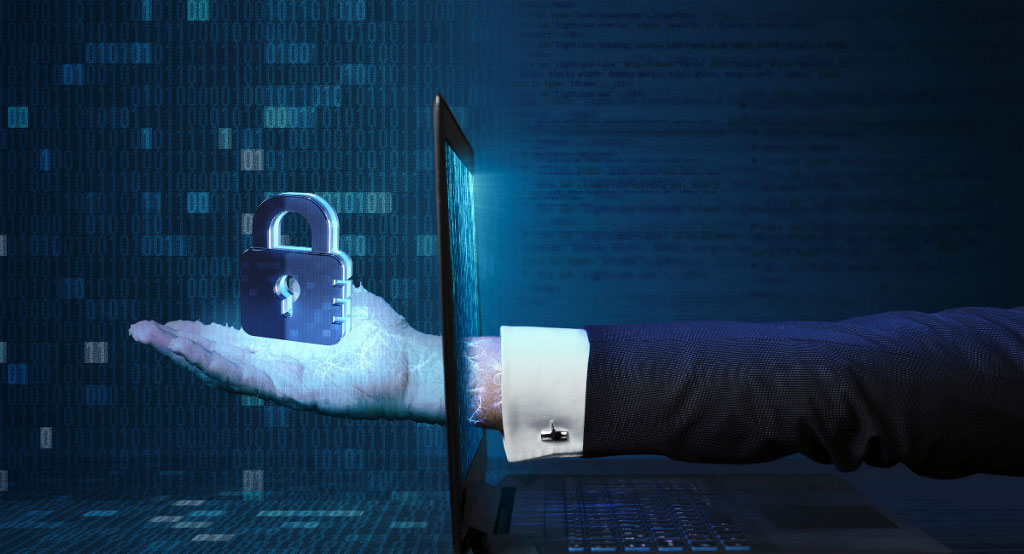
Sep 24, 2020
Cybersecurity is more important than ever. Hackers attack once every 39 seconds, according to the University of Maryland. When an attack occurs, millions of people can be harmed, and it can cost businesses millions of dollars. Here are some other alarming statistics:
As a business owner, you are likely concerned about cybersecurity risks. You may be wondering what steps you can take to increase your cybersecurity so you can assess and mitigate any risks that you may be up against. The best way to approach cybersecurity is to identify potential risks and prevent them.
You would be surprised how long it can take even big companies to detect a data breach. In 2016, it took Verifone six months to identify a data breach, and it is even suggested that the Marriott data breach discovered in September of 2018 took four years to detect.
Having the best cybersecurity personnel you can find is a great first step. If you don't want to hire someone on your staff, you can always outsource your security needs to a third party.
Another good thing to do is implement a data breach detection solution. Advanced breach detection technologies that utilize artificial intelligence or machine learning are able to identify your most sensitive data and monitor it.
The first thing you can do to prevent a data breach is to make sure users are only able to access the data they need. You'll also want to secure all computers. Implement time out functions and password protection.
It's also smart to use encrypted data. You'll want to mandate encryption of all data that is transmitted. And always make sure to keep any security software you use up to date.
Malware is defined by the Computer Security Resource Center as "hardware, firmware, or software that is intentionally included or inserted in a system for a harmful purpose."
You can tell malware is on your computer if it has been running extremely slowly or if you are seeing a lot of unfamiliar error messages. Another indicator is when your antivirus software has been unexpectedly disabled.
The best way to prevent malware attacks is to install anti-malware software onto your computer and keep it up to date. You also want to keep your operating system current and be aware of pop-ups and links in unsolicited emails.
There are a lot of things that can cause data to be lost. If a device is stolen, if there is a power outage, if there is a natural disaster that destroys a device, or if there is hard drive damage, you may lose important data.
In the case of theft or natural disaster, loss of data is easy to detect. However, there are instances where you need to implement file monitoring to ensure that you don't lose data due to viruses or being hacked.
There are some things you can do to prevent loss of data like better physical security to prevent theft. However, some things--like natural disasters--can not be prevented so it's important to back up data and to have copies of it in different locations.
The Internet of Things means that we can connect any number of things to the internet: refrigerators, cars, thermostats, and electronic appliances. While this is convenient and exciting, it does create a lot of weak points and security concerns.
If you start seeing a lot of unwanted browser toolbars, there are random pop-ups that appear, or your friends are all receiving social media friend requests that you didn't send, it is likely that you have been hacked.
It's a good idea to use double-authentication when logging in to anything and to use strong passwords. You also don't want to use the same password for everything. And don't share any info on social media that could be used to verify your identity.
Working remotely has increased the risk of cyber attacks. Have a look at our security checklist for remote workers.
At Milner, cybersecurity is very important to us, and we take it seriously. All of our IT services and print services are 100% secure, and we ensure the highest level of protection for all of our customers.